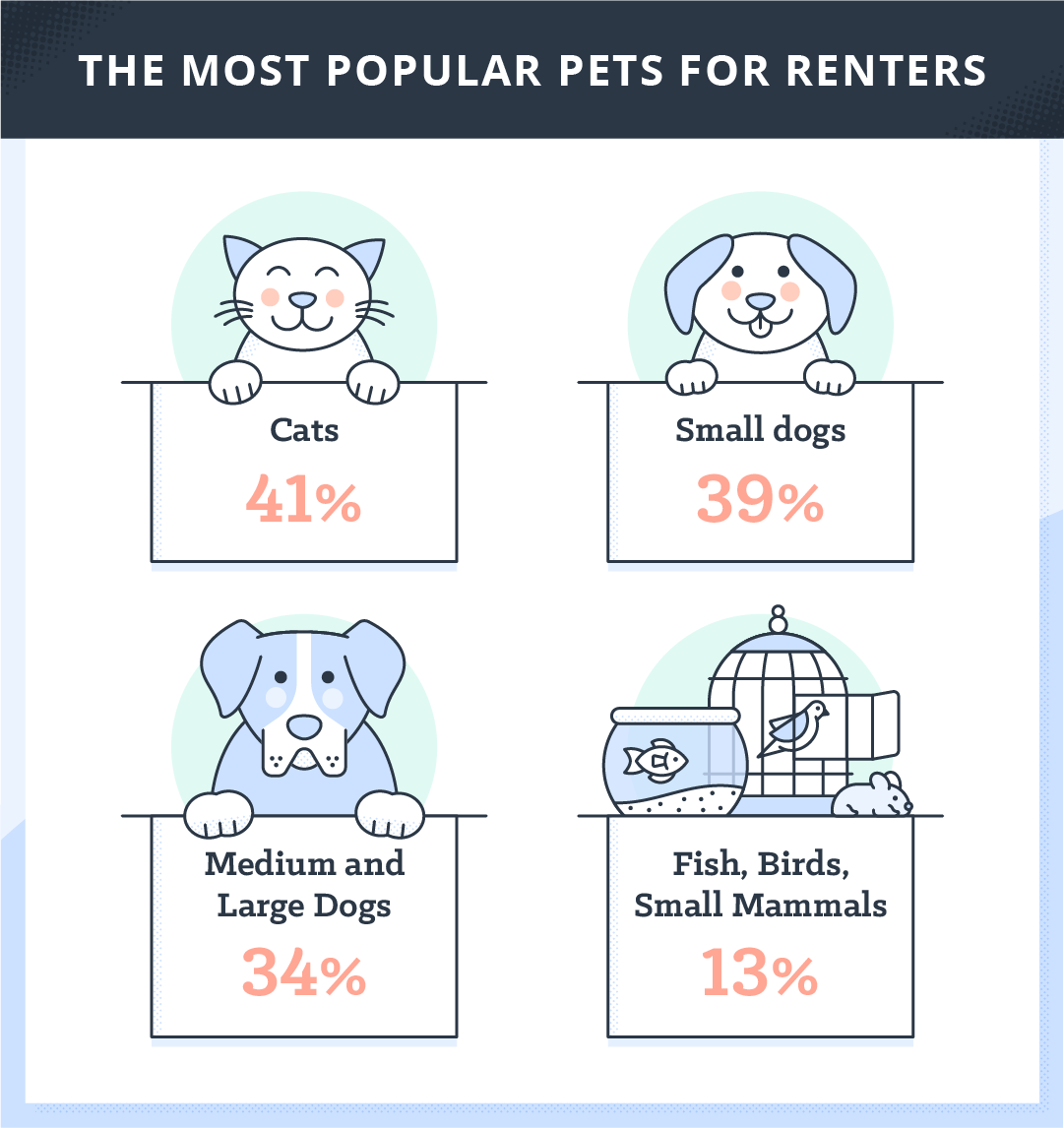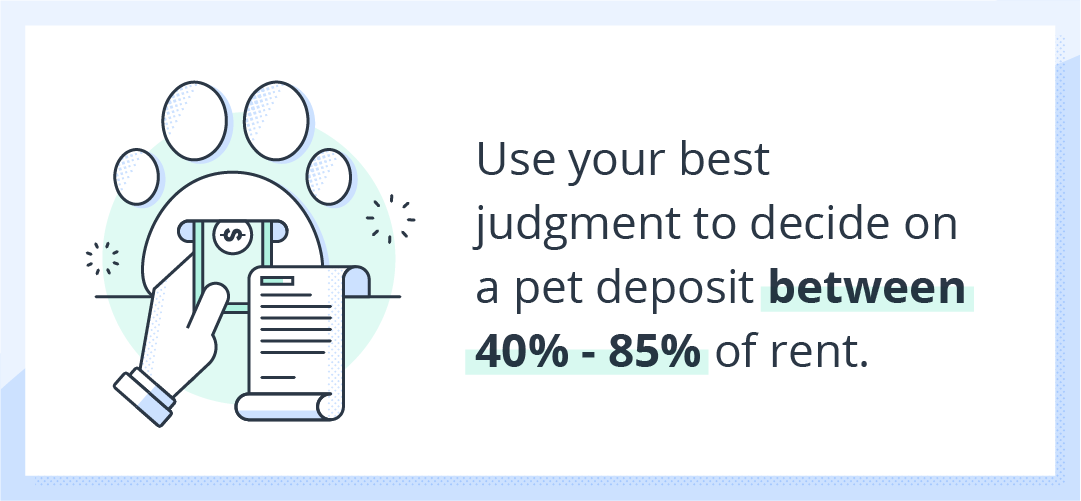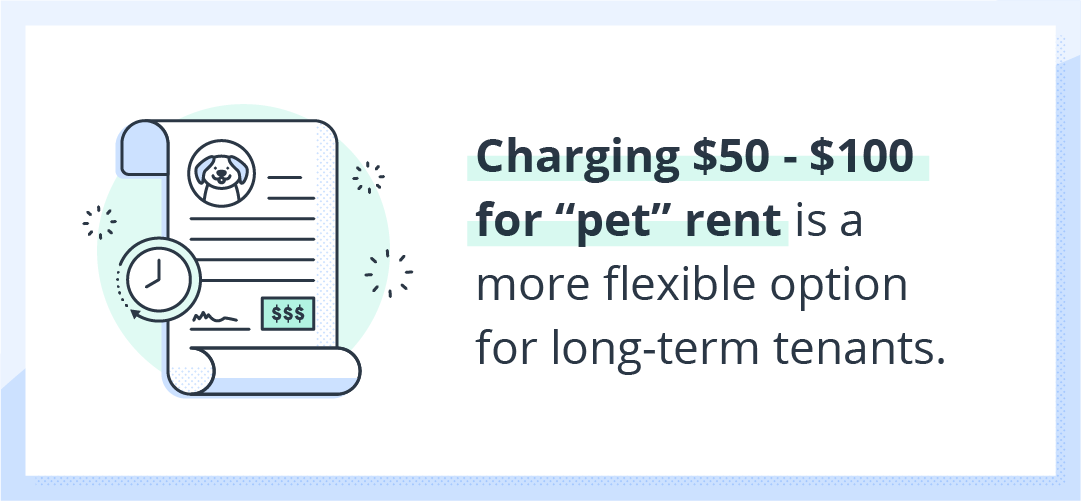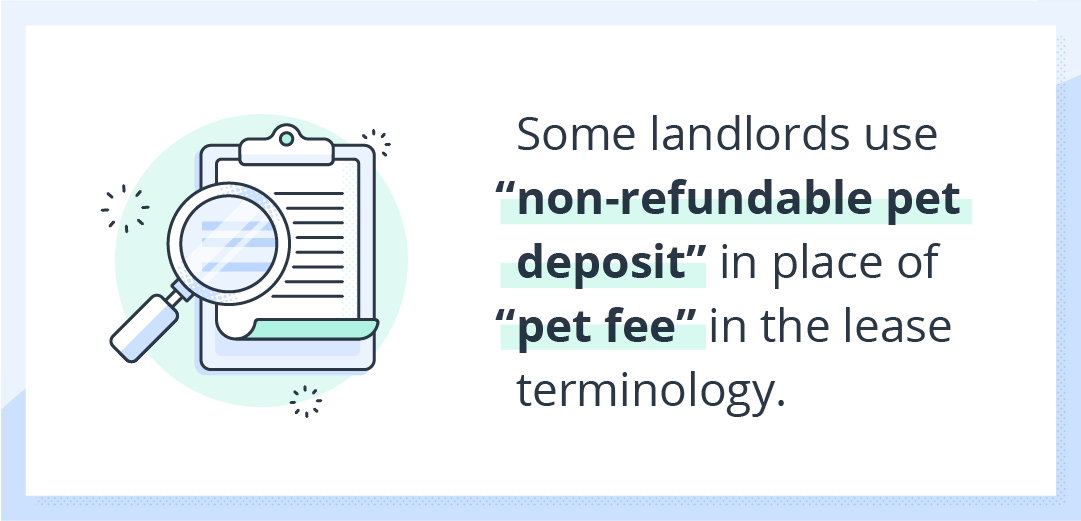20 min read
Investment Property Loans: Types and Considerations
If you’re in the market to buy an investment property, the type of loan you pick will directly impact the size of...

One of the most difficult decisions new landlords face is deciding whether or not to allow pets in their rentals. Though a pet deposit can help ensure the unit stays in good condition, some landlords would rather not deal with the hassle. To help you decide what’s best for your situation, below we’ve outlined the pros and cons of allowing pets in your rental, along with three different methods for protecting your investment against pet damages.
Unless you’re just a diehard animal lover, the main benefit for landlords to allow pets is that it opens up a wider market for tenants. According to a survey from Apartments.com, over 70% of renters own a pet, yet nearly two-thirds of those renters have had difficulty finding an apartment that allows pets. Finding responsible, trustworthy tenants is already hard enough as it is, and by not allowing pets you will be narrowing your applicant pool significantly.
One option many landlords turn to is to allow only specific types of pets. This can be a helpful strategy if there is just one type of animal you don’t feel comfortable allowing in your rentals, such as dogs or birds. In order to make this decision, you should know what the most common types of pets are for apartment-dwellers, according to the same survey:

Landlords should take note that when it comes to service animals and emotional support animals, you don’t have a choice in the matter and legally must allow them to live in the unit. Take a look at our guide on emotional support animals and apartment rentals to learn more about your rights under state and federal law.
The downside to allowing pets in your rental is that they can be a pain to deal with. Pets may cause damages to the unit like scratching the walls or relieving themselves on the carpet, and they may bother other residents if they are loud, smelly, or aggressive. However, if you do decide to expand your applicant pool by allowing pets in your units, there are several strategies you can take to protect your rental against damages caused by pets.
One of the most common ways landlords protect against pets is to charge a pet deposit. This works just like a typical security deposit – the amount is due when signing the lease and is refundable at the end of the tenancy, minus any damages incurred.
You will have funds specifically set aside to repair any pet damages at the end of the tenancy, and tenants will be more motivated to keep things in good shape since they know they’ll be able to recoup some or all of the initial deposit.
In some states, you can’t use the regular security deposit to cover pet damages if you also charged a pet deposit. In that case, if the pet deposit doesn’t cover the repairs, the rest of the funds will have to come out of your own pocket. Check your specific state’s landlord-tenant laws to be sure.
In addition, adding a pet deposit fee on top of the security deposit, first month’s rent, rental application fee, and any other costs can overwhelm and deter ideal tenants.
If you think adding a pet deposit to the lease is the right choice for you, it’s important to make sure you are charging fairly. It should be high enough to cover any reasonable damages, but low enough not to deter a large pool of potential tenants who are already paying many other fees. Unfortunately, there isn’t a solid national average for pet deposits to refer to.

A study from FIREPAW, Inc. found that the average pet deposit was between 40% – 85% of one month’s rent. So for example, if you’re charging $3,000/month for rent, you could reasonably charge a 50% pet deposit at $1,500. In these cases, it’s best to stay within this range and use your best judgment to determine the exact pet deposit amount.
Below are two alternatives to the pet deposit that may be more suited to your situation.
Because a traditional pet deposit can complicate things with the security deposit, some landlords have turned to charging monthly pet “rent,” which is an added amount of $50 – $100 per pet to the usual rent.

Charging pet rent allows you to reasonably price your unit at a higher monthly rate, thereby earning valuable income over time. In fact, the same study from FIREPAW also showed that tenants with pets stayed in their rentals for a much longer average period (46 months) than tenants without pets (18 months). Earning an extra $100/month over that time should be more than enough to cover any pet repairs when the lease ends, if there even are any repairs to deal with.
This isn’t an ideal solution for landlords renting for shorter periods of time, such as three or six-month leases or month-to-month rentals. Pet rent is only really useful over a longer period of time when the amount of money you earn would actually be able to cover any pet damages. If a tenant with a dog moves in for just three months and completely damages the carpeting, $50/month probably isn’t going to cover the repairs.
A second alternative to a pet deposit is charging a pet fee before move-in, also known as a non-refundable pet deposit.

Unlike pet rent, a non-refundable pet deposit is more ideal for short-term rentals. You should be able to estimate the amount you should charge depending on the type of pet and the damages they could potentially cause within that short period of time. You can explain to the tenant that you are reasonably protecting your investment in return for allowing them to live with their pet in the unit. Even if there is no damage when the tenant moves out, you will be able to keep the pet fee.
Much like the pet deposit, including additional fees for already cash-strapped tenants can deter a large portion of the applicant pool, potentially causing you to miss out on people who would otherwise have been ideal tenants.
Landlords who think that a pet fee would be the best option for them can feel free to download our basic non-refundable pet deposit form below. You can include this form along with the rest of the lease paperwork for your new tenants to sign.
Ultimately, it’s up to each landlord to weigh the pros and cons and decide on the best pet solution for them. Whether it’s only allowing certain animals or utilizing a traditional pet deposit, take a look at our pet lease agreement in the landlord forms pack for an idea of what to include in your lease.
20 min read
If you’re in the market to buy an investment property, the type of loan you pick will directly impact the size of...
16 min read
For many homeowners, the question of how to rent out your house could pop up at some point. But renting out a...
15 min read
The 1031 exchange is a strategic tool real estate investors use to swap properties while cashing in on tax benefits. With a...
Join the 700,000+ independent landlords who rely on TurboTenant to create welcoming rental experiences.
No tricks or trials to worry about. So what’s the harm? Try it today!